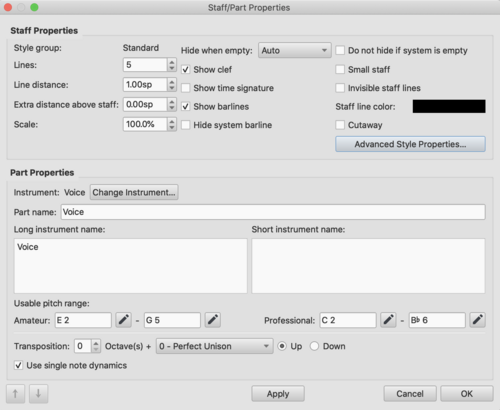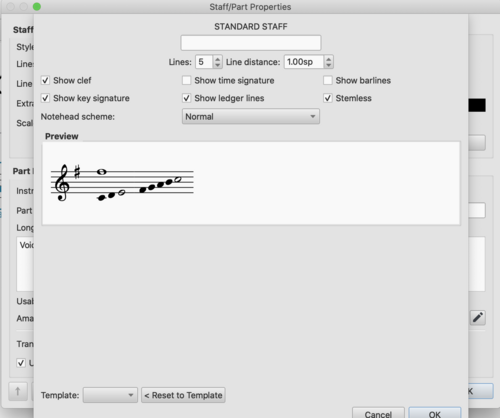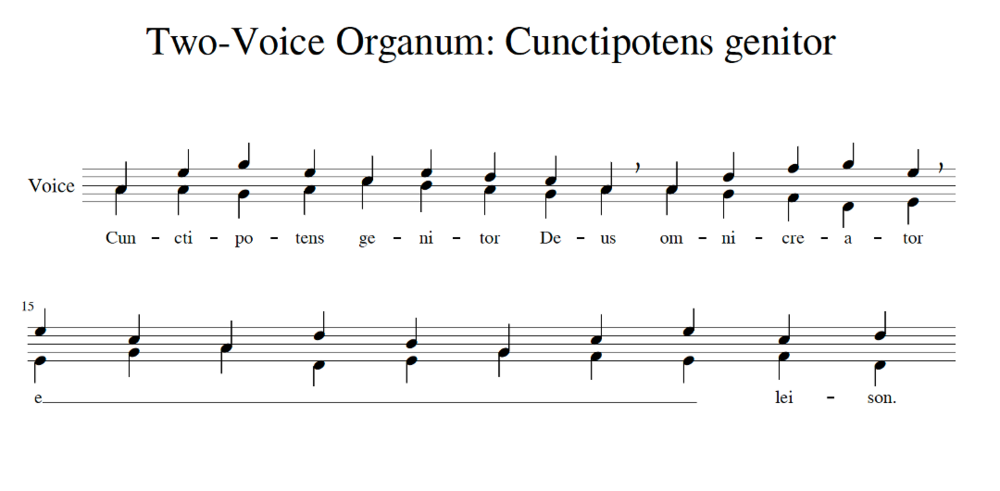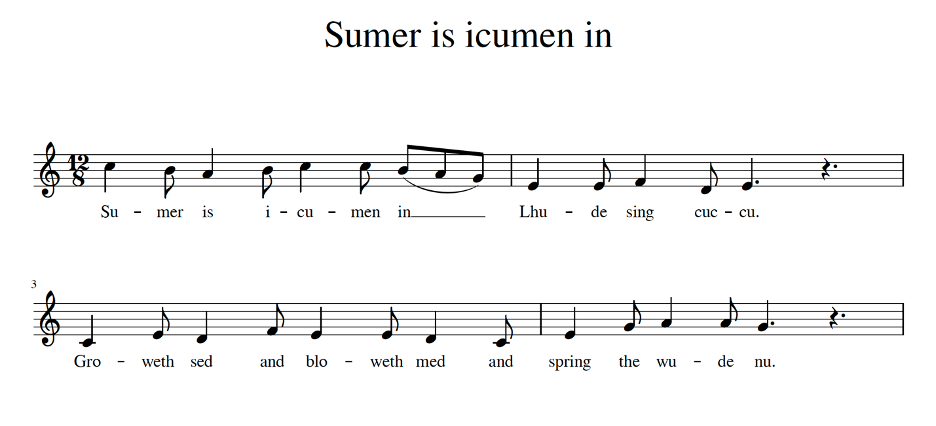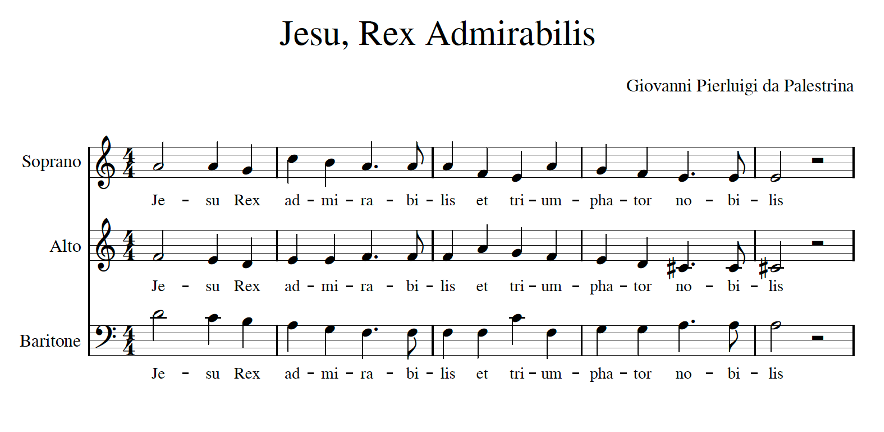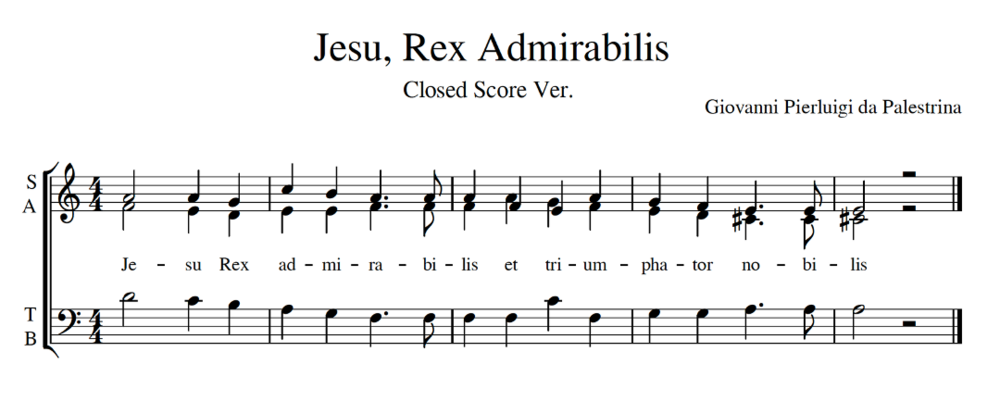Musescore Supplement
Musescore Examples: These exercises require basic knowledge of encoding, then each exercise includes a new tool or two each!
Vocal Music in MuseScore
Early Vocal Music in MuseScore
Example 1: Chant "Ubi caritas"
Tools you need:
- Choosing an instrument (voice – which may or may not automatically add the optional vocal tenor clef on the clef)
- If not, use “clefs” from the palettes. (click the original clef then double click the treble clef)
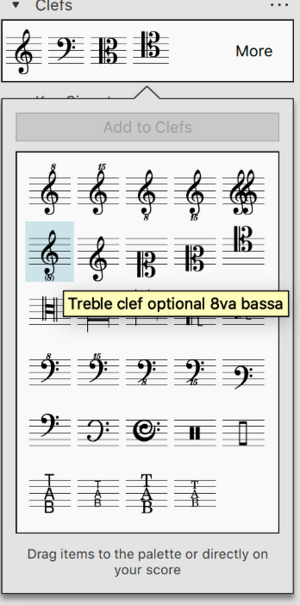
- I prefer using ¼ for the time signature for the sake of spacing.
- The time signature, stems, and the bar lines can be made invisible by selecting all -> staff/part properties -> advanced style properties.
- Review: Slurs and texts from the “Octaves, Slurs, Fingerings, and Text”
Example 2: Two-Voice Organum "Kyrie, Cunctipotens genitor"
- New: Spacing (Press Enter)
- Review: Notes, Lyrics
- Review: Chant (Hint: Staff/Part Properties)
Example 3: Two-Voice Polyphony = Excerpt from "Duo Agnus Dei II" / Missa de Beata Virgine by Josquin des Prez
- Review: Notes
- Review: Clef change
- Review: Voices/Layers
- Review: Slur
Example 4: Secular Monophony "Sumer is Icumen in"
- New: Dotted notes & rests
- New: Spacing – using “Enter” key
- Review: Notes and Lyrics, Rests
Example 5: Renaissance Polyphony "Jesu, Rex admirabilis" by Giovanni Pierluigi da Palestrina (Open Score)
- Choosing Instruments: Choir – Soprano, Alto, and Baritone
- Taking advantage of same rhythmic values
Example 6: Renaissance Polyphony "Jesu, Rex admirabilis" by Giovanni Pierluigi da Palestrina (Close Score)
- Creating a Close Score
- Multiple layers (Review: “Voices/Layers”)

